USDA completed laboratory modernization to advance pecan breeding and research
On Mar. 27, 2024, the Pecan Breeding and Genetics Program of the U.S. Department of Agriculture’s Agricultural Research…
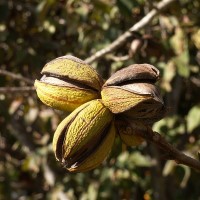
On Mar. 27, 2024, the Pecan Breeding and Genetics Program of the U.S. Department of Agriculture’s Agricultural Research…
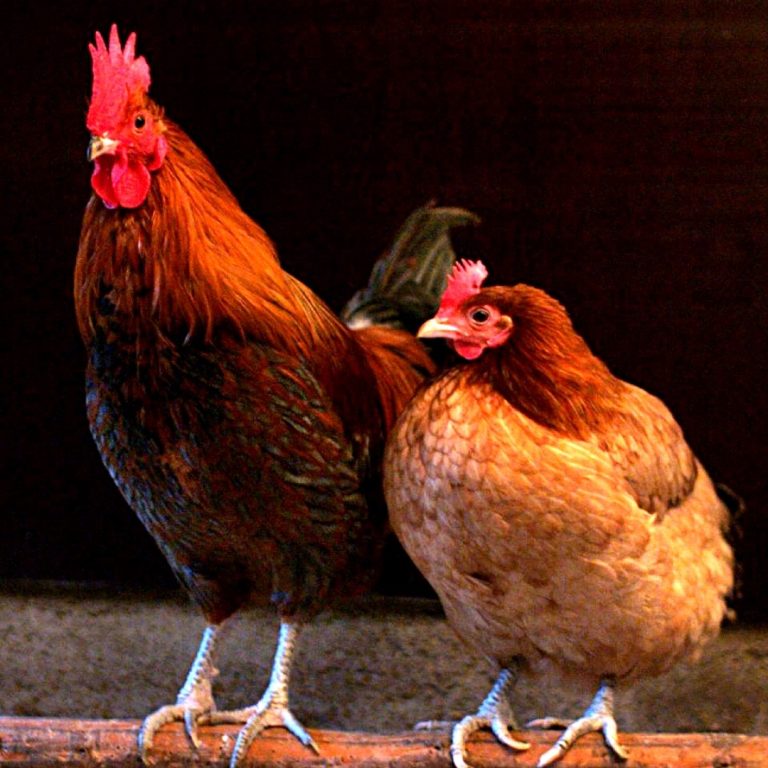
On Mar. 25, 2024, immediately following the first detection of H5N1 in dairy cattle in the Texas panhandle…
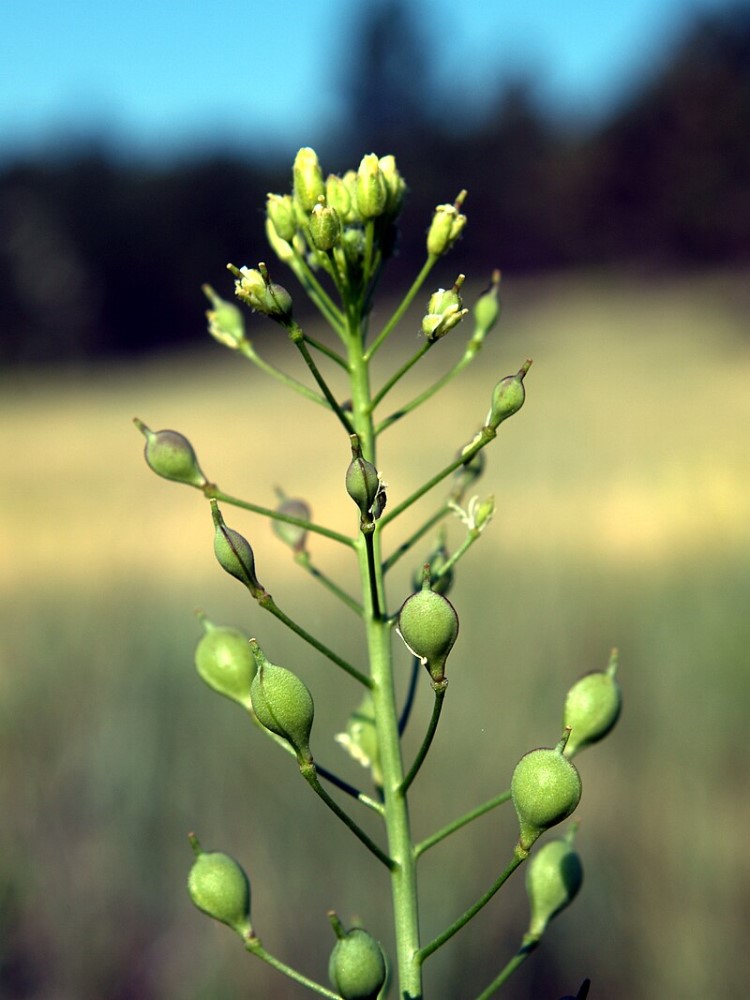
On Mar. 21, 2024, Yield10 Bioscience announced that USDA-APHIS’s Biotechnology Regulatory Services (“BRS”) has determined that Yield10’s Camelina…

On Mar. 20, 2024, the U.S. Department of Agriculture (USDA) announced they had reviewed a University of Wisconsin…
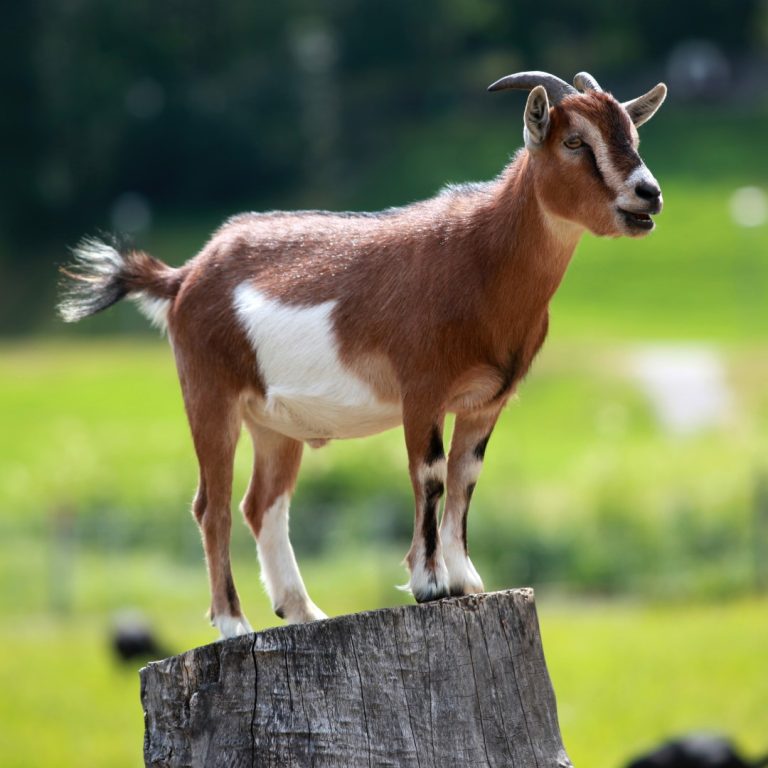
On Mar. 20, 2024, the Minnesota Board of Health announced that a Stevens County goat kid (juvenile goat)…
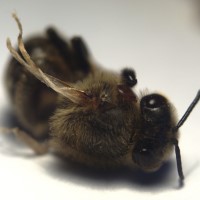
On Mar. 19, 2024, scientists at the United States Department of Agriculture (USDA)メs Agricultural Research Service (ARS) announced…
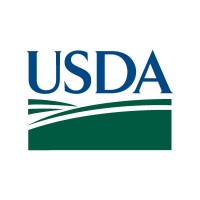
On Feb. 21, 2024, the U.S. Department of Agriculture (USDA) and the University of Georgia (UGA) College of…

On Feb. 20, 2024, the U.S. Department of Agriculture (USDA) confirmed the presence of highly pathogenic avian influenza…
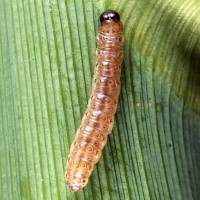
On Feb. 6, 2024, the U.S. Department of Agriculture (USDA) announced it was investing over $70 million in…

On Jan. 31, 2024, a U.S. Centers for Disease Control and Prevention (CDC) co-authored study published in Influenza…
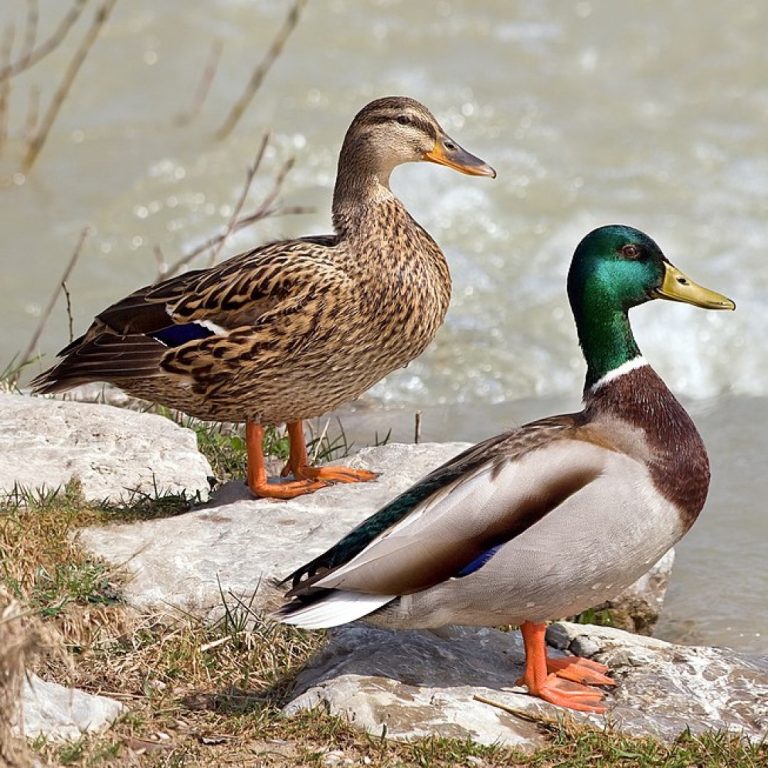
On Jan. 4, 2024, France announced it had detected bird flu on a duck farm in the Vendee…
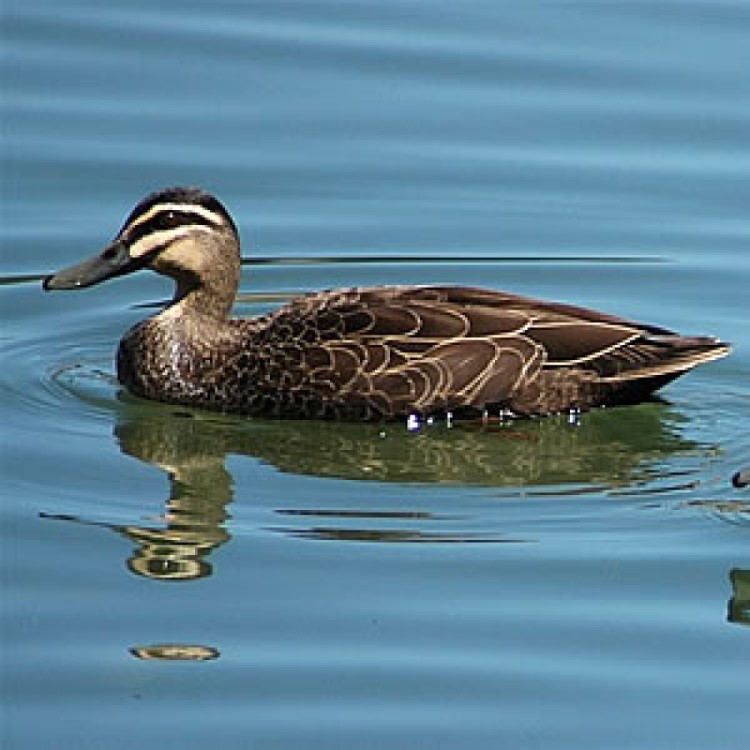
On Dec. 20, 2023, the United States Department of Agriculture’s (USDA) National Veterinary Services Laboratory (NVSL) announced it…
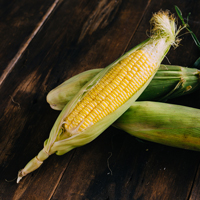
On Nov. 30, 2023, the U.S. Department of Department of Agricultureメs (USDA) Animal and Plant Health Inspection Service…
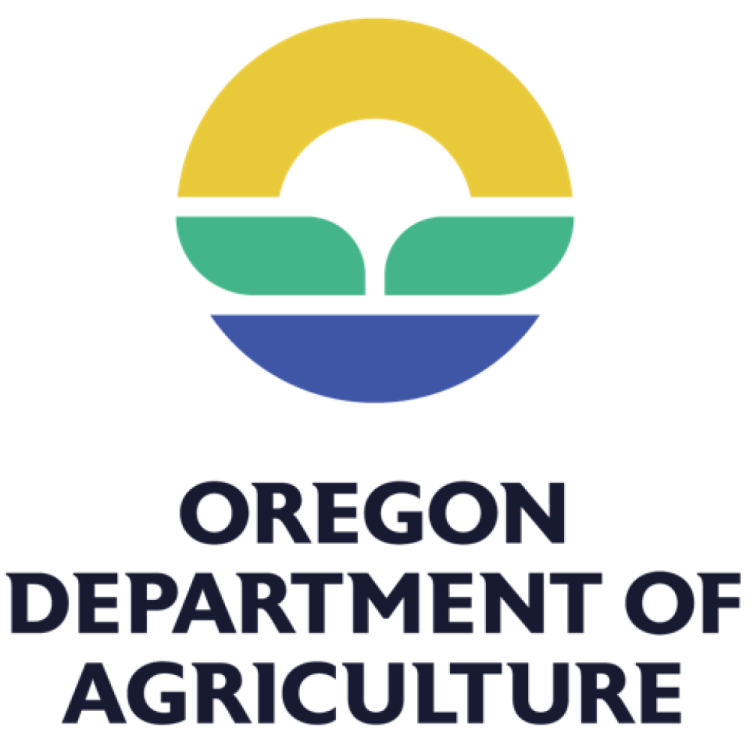
On Nov. 17, 2023, the Oregon Department of Agriculture has new confirmed cases of avian influenza, and the…
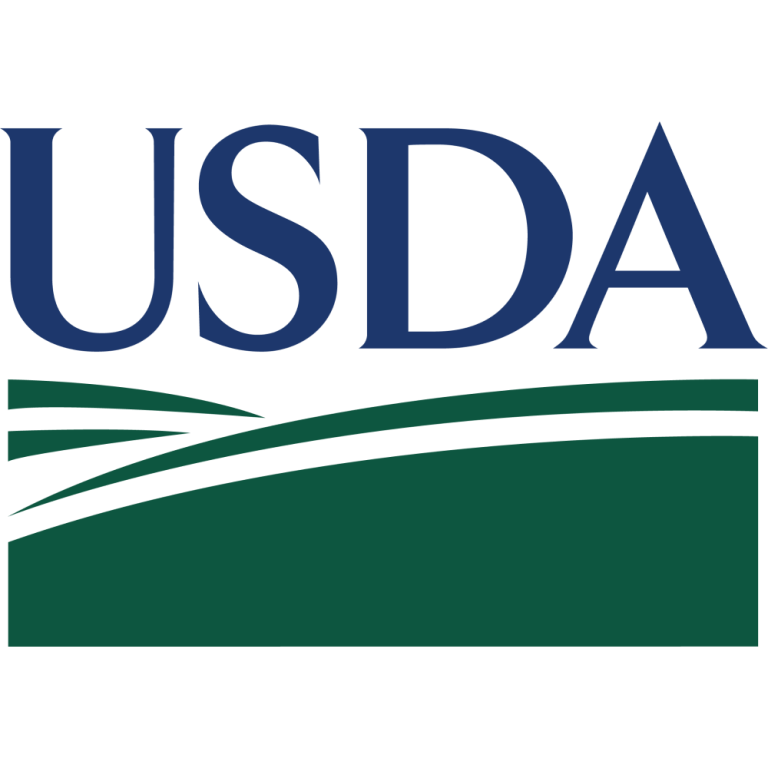
On Nov. 17, 2023, the U.S. Department of Agriculture’s (USDA) announced the National Strategic Germplasm and Cultivar Collection…
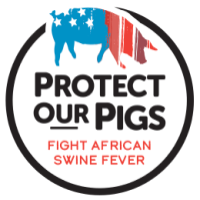
On Nov. 13, 2023, the U.S. Department of Department of Agriculture (USDA) announced that researchers have reclassified the…
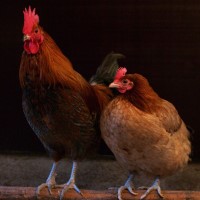
On Nov. 6, 2023, the U.S. Department of Agricultureメs (USDA) announced that nearly 1 million chickens on a…
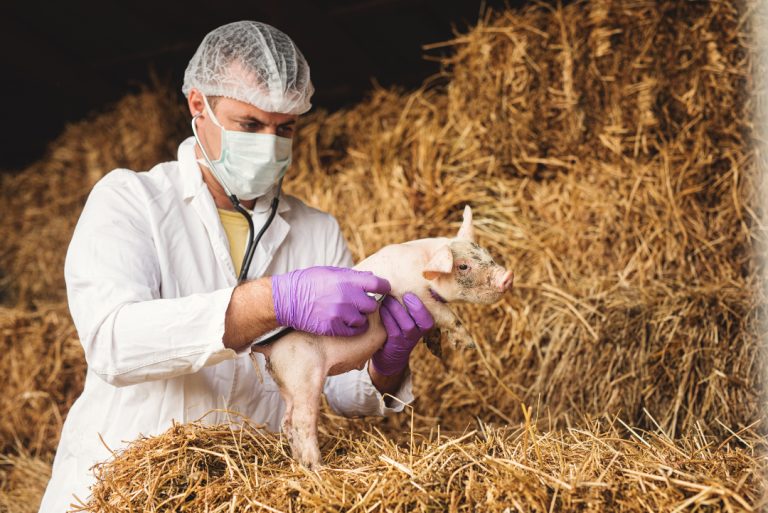
On Oct. 17, 2023, the U.S. Department of Agriculture’s (USDA) announced a new partnership between the National Bio…
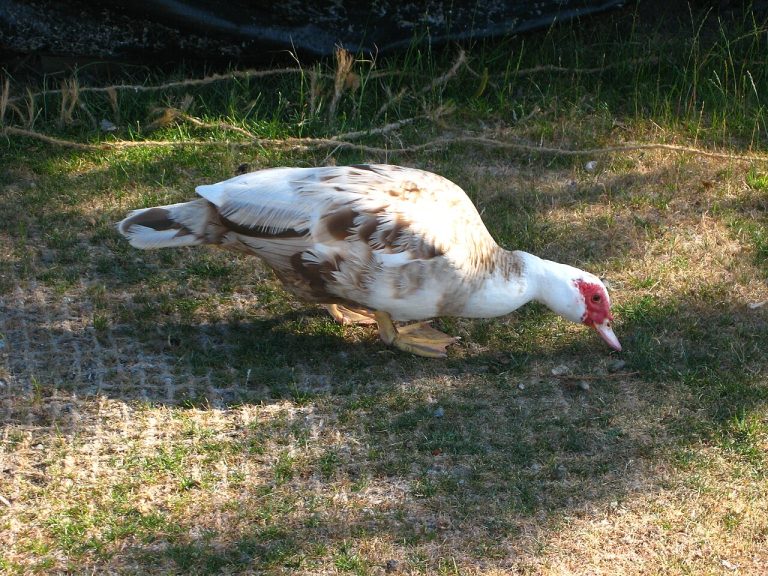
On Oct. 2, 2023, France began vaccinating ducks against bird flu to try and stem the virus that…
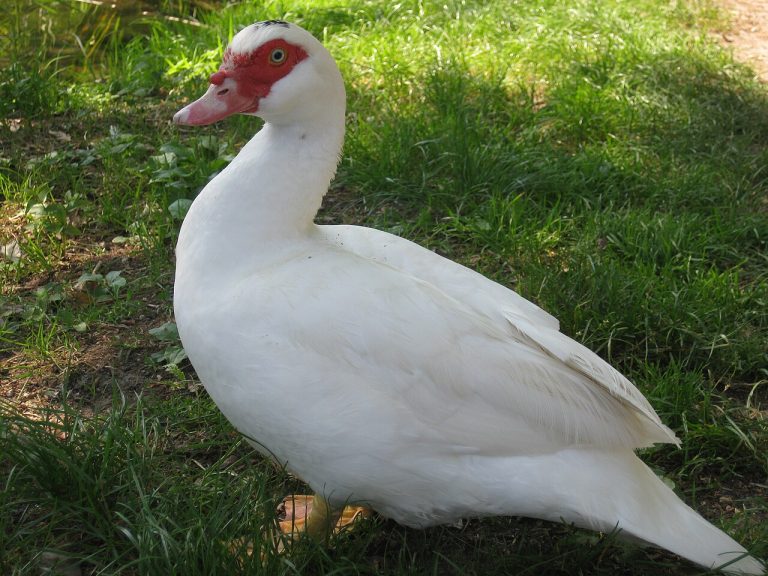
On Sept. 29, 2023, The U.S. Department of Agriculture’s Animal and Plant Health Inspection Service (APHIS) announced it…

On Sept. 28, 2023, the U.S. Department of Agriculture’s (USDA) Animal and Plant Health Inspection Service (APHIS) announced…

On Sept. 26, 2023, the U.S. Department of Agriculture’s (USDA) Animal and Plant Health Inspection Service (APHIS) announced…

On Sep. 26, 2023, the U.S. Department of Agriculture (USDA) announced they had reviewed a hemp plant modified…

On Aug. 1, 2023, the U.S. Dept of Agriculture (USDA) announced the groundbreaking of a new Plant Sciences…
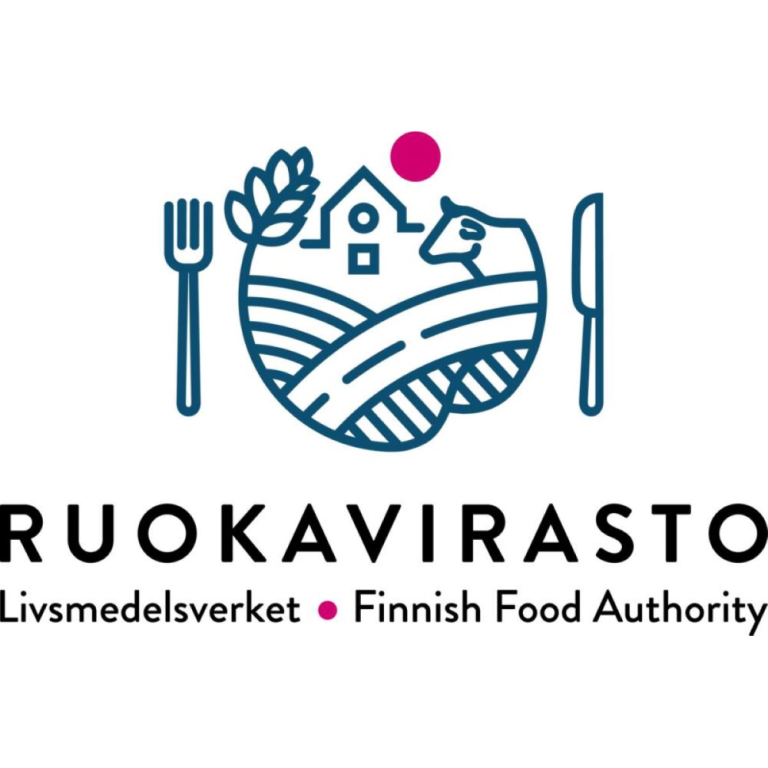
On Aug. 1, 2023, the Finnish Food Authority specified the euthanasia criteria for fur animals infected with avian…

On May 24, 2023, the U.S. Department of Agriculture (USDA) and the Department of Homeland Security (DHS) Science…

On May 23, 2023, the U.S. Department of Agriculture (USDA) celebrated the groundbreaking ceremony for a new research…

On May 11, 2023, the U.S. Departments of Agriculture Animal (USDA) and Plant Health Inspection Service (APHIS) announced…

On May. 9, 2023, the U.S. Department of Agriculture announced that scientists have collaborated to produce the first…
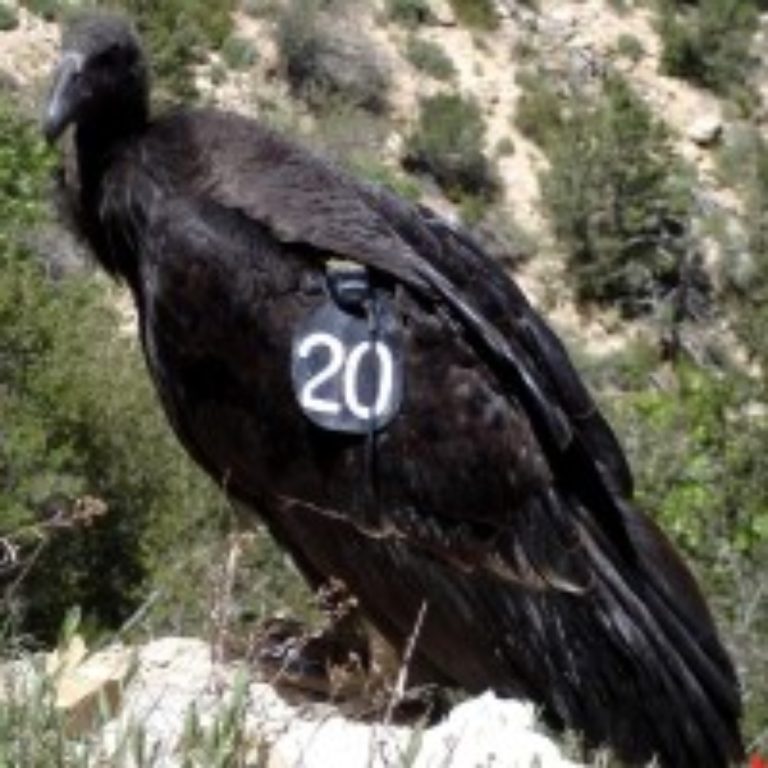
On Apr. 7, 2023, the U.S. National Park Service reported Highly Pathogenic Avian Influenza (HPAI) had been confirmed…